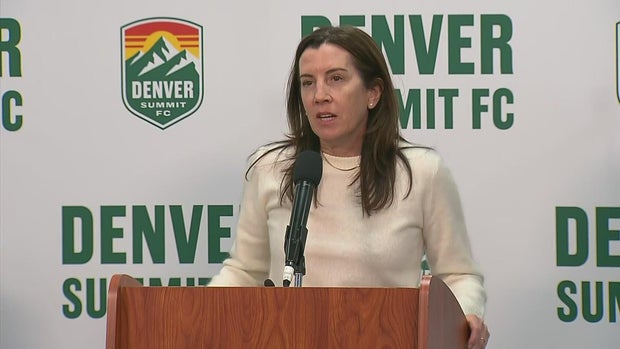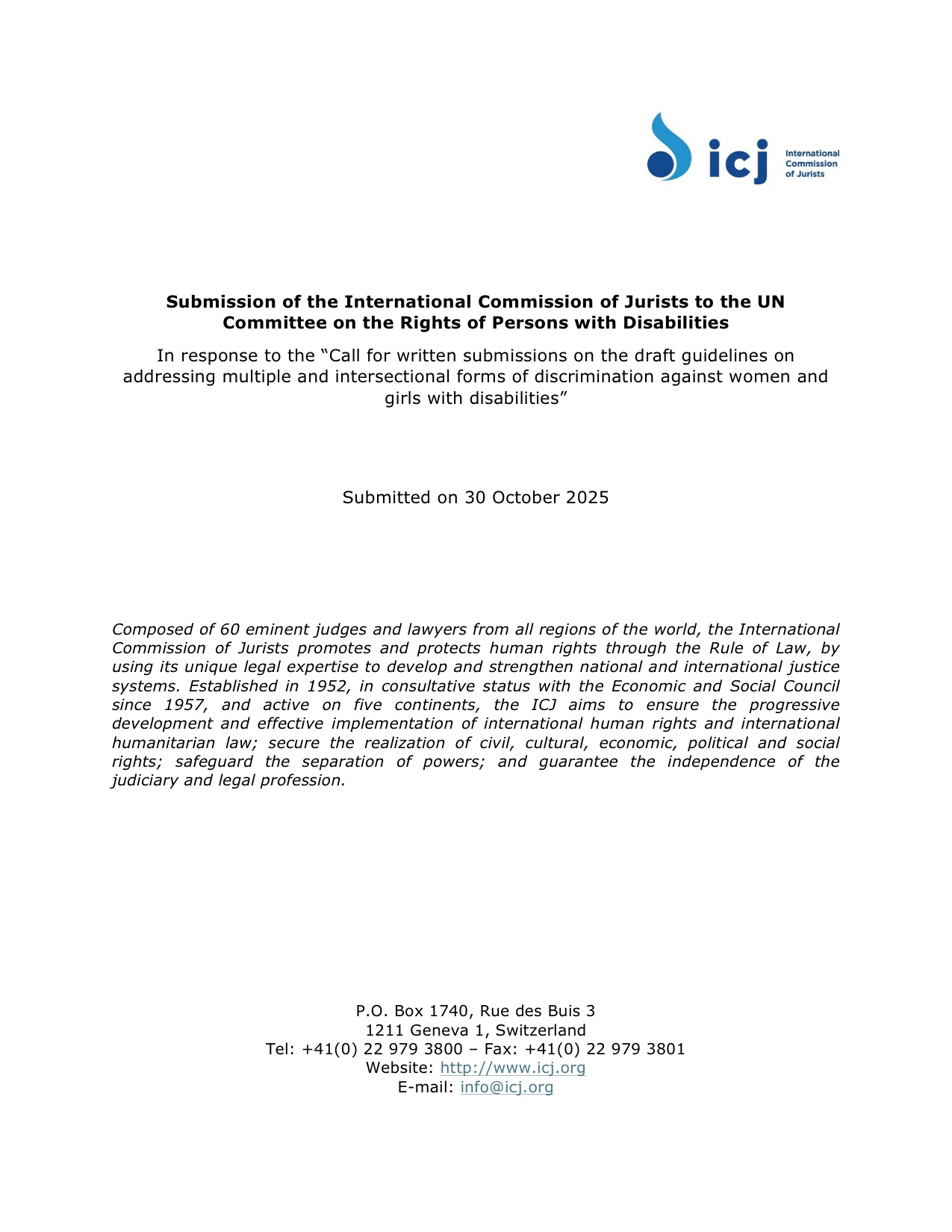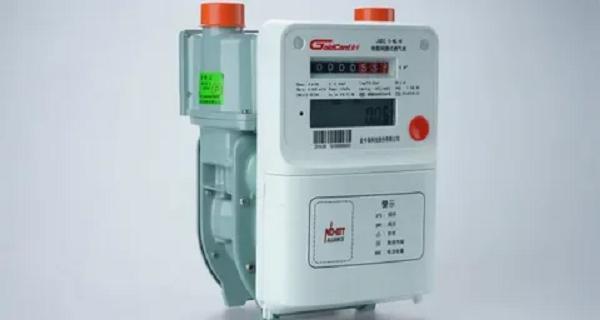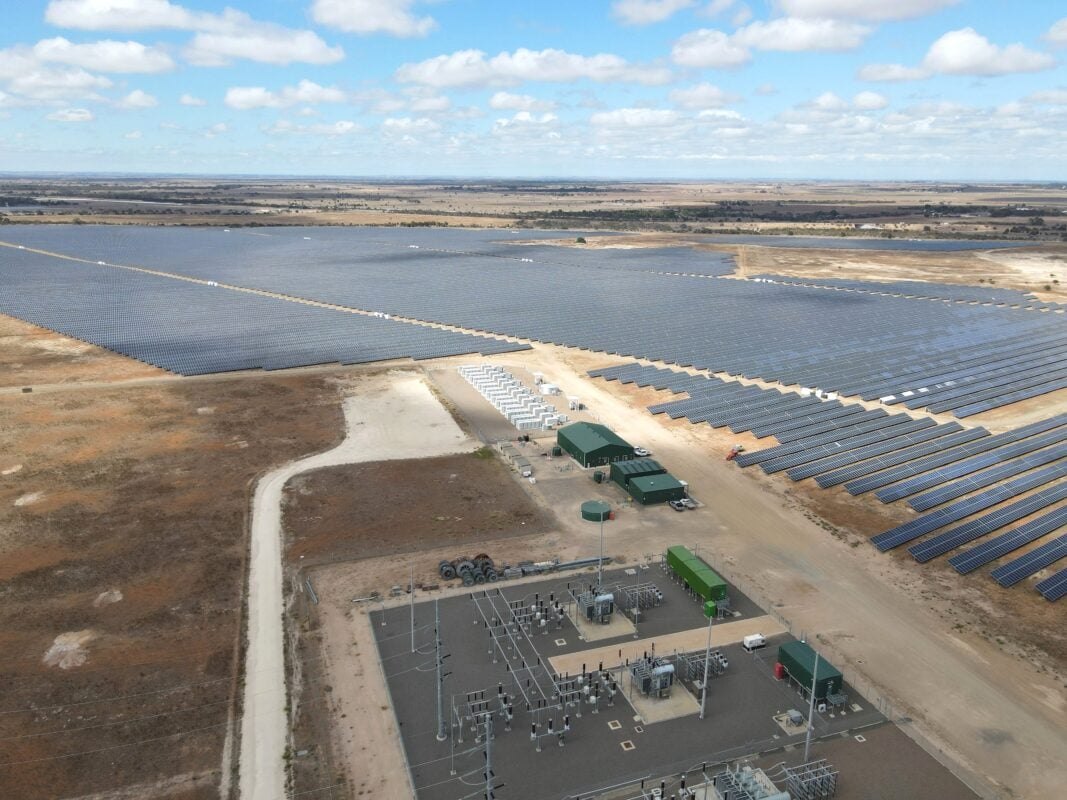Jud Virden named new director of NREL, set to accelerate energy innovation and impact – Industrial Cyber

NREL Appoints New Director to Advance Global Sustainable Development Goals
Executive Summary
The Alliance for Sustainable Energy has announced the appointment of Jud Virden, Ph.D., as the new Laboratory Director for the National Renewable Energy Laboratory (NREL) and President of the Alliance, effective October 1, 2025. This strategic leadership change is poised to accelerate NREL’s contributions to the United Nations Sustainable Development Goals (SDGs), particularly in the areas of clean energy, innovation, and global partnerships.
Appointment and Mandate
Following a comprehensive national search, Dr. Virden was selected to lead NREL, the U.S. Department of Energy’s (DOE) primary national laboratory for energy systems research, development, and integration. His appointment underscores a continued commitment to addressing the world’s most pressing energy and climate challenges.
- Appointee: Jud Virden, Ph.D.
- Position: Laboratory Director, NREL; President, Alliance for Sustainable Energy
- Effective Date: October 1, 2025
Leadership Profile and Alignment with SDG 7: Affordable and Clean Energy
Dr. Virden transitions from the Pacific Northwest National Laboratory (PNNL), where he served as Associate Laboratory Director for the Energy and Environment Directorate. In this capacity, he directed a team of approximately 1,700 personnel dedicated to advancing critical energy priorities. His extensive experience directly supports the objectives of SDG 7 (Affordable and Clean Energy) by focusing on:
- Modernizing the power grid for enhanced reliability and integration of renewables.
- Developing and deploying advanced, sustainable energy technologies.
- Managing nuclear and environmental research to ensure a holistic approach to a clean energy future.
His career, which began at PNNL in 1991, is distinguished by a proven track record in advancing grid resilience and energy technologies, which are fundamental pillars for achieving universal access to sustainable energy.
Strategic Vision for Innovation and Climate Action (SDG 9 & SDG 13)
The Alliance Board co-chairs lauded Dr. Virden’s “ability to translate innovation into impact,” a critical skill for advancing SDG 9 (Industry, Innovation, and Infrastructure) and SDG 13 (Climate Action). His leadership is expected to fortify NREL’s role in developing the resilient infrastructure and breakthrough technologies necessary to combat climate change. In his statement, Dr. Virden emphasized his commitment to “drive meaningful, lasting transformation” and “accelerate energy innovation and impact.”
Fostering Partnerships for the Goals (SDG 17)
Dr. Virden expressed a strong intention to grow collaborations, a core principle of SDG 17 (Partnerships for the Goals). He highlighted the importance of strengthening alliances between key stakeholders to achieve shared energy and climate objectives.
- Department of Energy (DOE)
- Private Industry
- Academia
- The National Laboratory System
This collaborative approach is essential for mobilizing the knowledge, expertise, technology, and financial resources required for a global sustainable energy transition.
Leadership Transition and Institutional Legacy
Dr. Virden will succeed Martin Keller, who has led NREL since 2015. Under Dr. Keller’s direction, NREL solidified its position as a global leader in energy research, making significant strides toward the SDGs. The Alliance Board praised Dr. Keller for his “vision, thoughtfulness, and unwavering integrity,” which left an “enduring mark on NREL’s legacy.” Dr. Keller will remain as a strategic advisor through early November to ensure a seamless transition before assuming his new role as President of the Helmholtz Association in Germany, continuing his impact on the global research community.
SDGs Addressed in the Article
SDG 7: Affordable and Clean Energy
- The article focuses on the National Renewable Energy Laboratory (NREL), which is described as the U.S. Department of Energy’s “primary national laboratory for energy systems research, development, and integration.” Its core mission directly aligns with promoting clean and renewable energy sources. The appointment of a new director with a background in “power grid modernization and energy technologies” reinforces this connection.
SDG 9: Industry, Innovation, and Infrastructure
- NREL’s work is centered on “research, development,” “scientific excellence,” and “energy innovation.” The article highlights the laboratory’s role in advancing technology and infrastructure, specifically mentioning “power grid modernization” and “grid resilience.” This commitment to scientific research and upgrading technological capabilities is a key component of SDG 9.
SDG 17: Partnerships for the Goals
- The article explicitly mentions the importance of collaboration. The incoming director, Jud Virden, is noted for his “strong record in forging public-private partnerships” and aims to grow “collaborations within DOE, industry, academia, and the national labs.” This emphasis on multi-stakeholder partnerships to achieve common goals is the essence of SDG 17.
Specific SDG Targets Identified
Targets for SDG 7 (Affordable and Clean Energy)
- Target 7.2: By 2030, increase substantially the share of renewable energy in the global energy mix.
- NREL’s entire mandate as a “primary national laboratory for renewable energy” is to conduct research and development that will accelerate the adoption and increase the share of renewable energy technologies.
- Target 7.a: By 2030, enhance international cooperation to facilitate access to clean energy research and technology… and promote investment in energy infrastructure and clean energy technology.
- The article notes that under its previous director, NREL cemented its role as a “global leader in energy research and innovation,” implying that its work has international reach and contributes to global knowledge sharing on clean energy.
Targets for SDG 9 (Industry, Innovation, and Infrastructure)
- Target 9.5: Enhance scientific research, upgrade the technological capabilities of industrial sectors… encouraging innovation and substantially increasing the number of research and development workers… and public and private research and development spending.
- The article describes NREL’s focus on “scientific rigor,” “energy innovation,” and “research, development, and integration.” The mention of “record growth in funding, talent, and impact” under the previous leadership directly points to an increase in R&D spending and personnel, aligning with this target.
Targets for SDG 17 (Partnerships for the Goals)
- Target 17.17: Encourage and promote effective public, public-private and civil society partnerships, building on the experience and resourcing strategies of partnerships.
- The article highlights that the new director has a “strong record in forging public-private partnerships” and intends to grow “collaborations within DOE, industry, academia, and the national labs.” This directly reflects the goal of fostering multi-stakeholder partnerships to advance sustainable energy.
Implied Indicators for Measuring Progress
While the article does not provide specific quantitative data, it implies several indicators that could be used to measure progress towards the identified targets.
Indicators for SDG 7 Targets
- Indicator for Target 7.2: The development and successful integration of new “energy technologies” and advancements in “power grid modernization” resulting from NREL’s research.
- Indicator for Target 7.a: The number of international collaborations and the global impact of NREL’s work, as evidenced by its status as a “global leader in energy research.”
Indicators for SDG 9 Targets
- Indicator for Target 9.5: The amount of funding allocated to the laboratory (“record growth in funding”), the number of scientists and engineers employed (“talent”), and the volume of scientific output and innovations produced.
Indicators for SDG 17 Targets
- Indicator for Target 17.17: The number and scope of “public-private partnerships” and “collaborations” established with industry, academia, and other national labs.
Summary of SDGs, Targets, and Indicators
| SDGs | Targets | Indicators Identified in the Article (Implied) |
|---|---|---|
| SDG 7: Affordable and Clean Energy | 7.2: Increase the share of renewable energy. 7.a: Enhance international cooperation and investment in clean energy research and technology. |
– Advancement of “energy technologies.” – NREL’s role as a “global leader in energy research.” |
| SDG 9: Industry, Innovation, and Infrastructure | 9.5: Enhance scientific research, upgrade technological capabilities, and increase R&D spending and personnel. | – “Record growth in funding, talent, and impact.” – Focus on “scientific excellence” and “energy innovation.” |
| SDG 17: Partnerships for the Goals | 17.17: Encourage and promote effective public, public-private, and civil society partnerships. | – A “strong record in forging public-private partnerships.” – Intent to grow “collaborations within DOE, industry, academia, and the national labs.” |
Source: industrialcyber.co

What is Your Reaction?
 Like
0
Like
0
 Dislike
0
Dislike
0
 Love
0
Love
0
 Funny
0
Funny
0
 Angry
0
Angry
0
 Sad
0
Sad
0
 Wow
0
Wow
0


















-1920w.png?#)






















;Resize=805#)





































